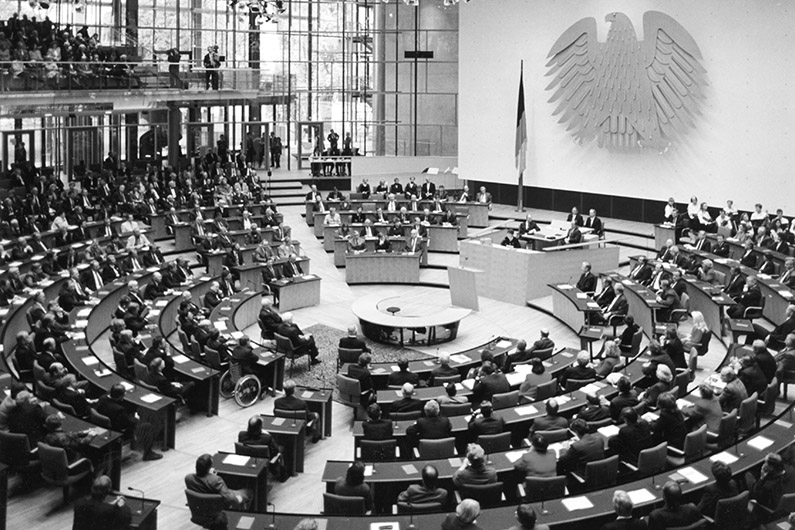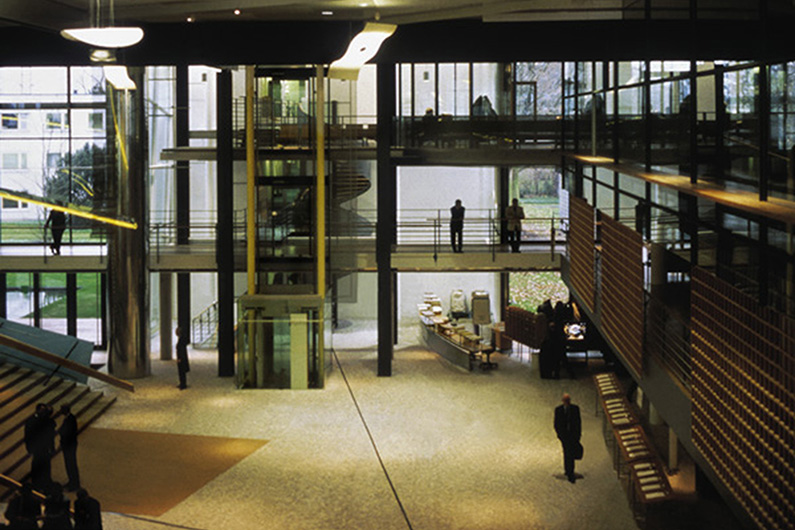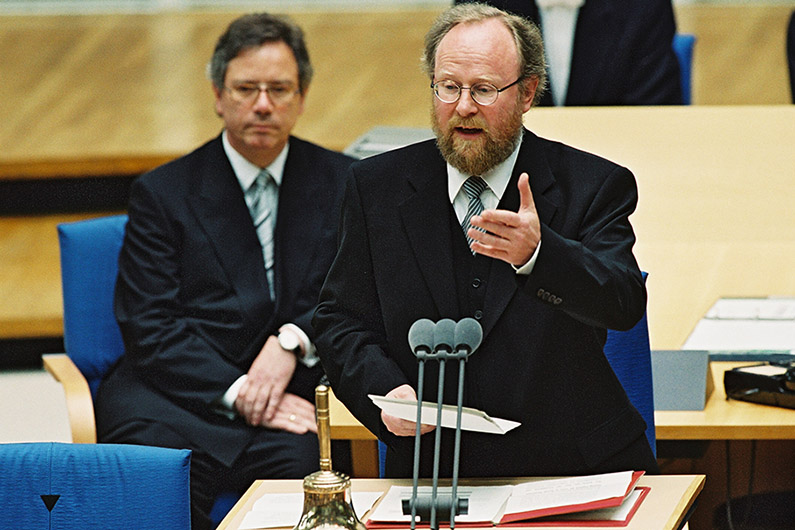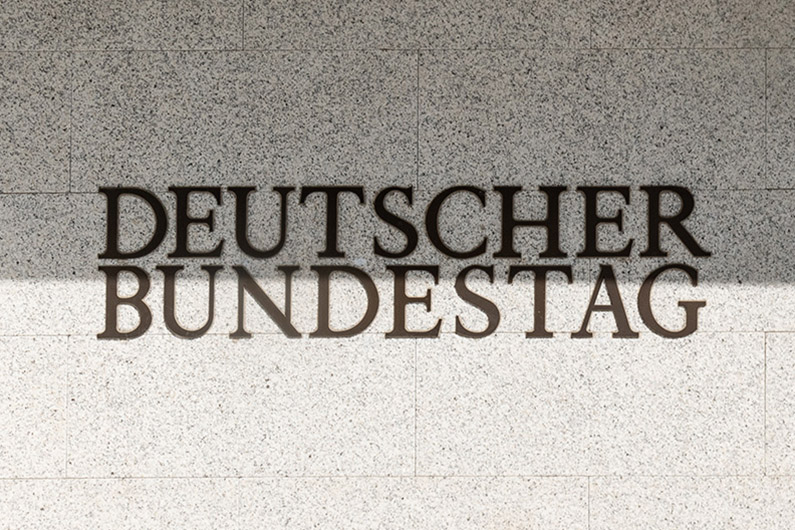When, in 1949, the government took up residence in Bonn, this quiet university town on the Rhine was intended to be merely an interim capital, while Berlin waited in the wings. But this “interim” condition soon became permanent. In 1969, the Bundestag (Lower House of Parliament) adopted a resolution calling for Bonn to remain the interim capital of Germany for the foreseeable future, and to fulfil the functions of a seat of government.
The "Langer Eugen" office tower was ready for occupancy by the members of Parliament (MPs) – and in the meantime Willy Brandt got the ball rolling for construction of a new Chancellery. Shortly thereafter, in 1972, an initial tender was issued for the Parliament building, and the Stuttgart-based Büro Behnisch & Partner ultimately got the nod. But it took quite some time to complete the building, for democracy is a slow and exacting builder.
Finally, on 12 October 1987, excavators demolished the old Bundestag building that had been designed by Hans Schwippert. After many years of planning, budgetary discussions, modified specifications and a public debate about preservation of the existing building, a modern Bundestag building was to rise on the site of the old one.
But, in a classic case of the best laid plans of mice and men going awry, in 1990, with construction in full swing, a divided Germany was reunified and in 1991 Berlin became the nation’s capital. As a result, the new Bonn Parliament building was relegated to the status of an understudy upon being inaugurated in 1992. “What a pity,” the weekly newspaper Die Zeit lamented, “that the Republic is only now beginning to take shape from an architectural standpoint and that our MPs are experiencing – now that it is essentially too late – the pleasures of sophisticated architecture; for Parliament will soon be relocated to the nation’s real capital.” The Bundestag (Lower House of Parliament) moved to Berlin in 1999.



